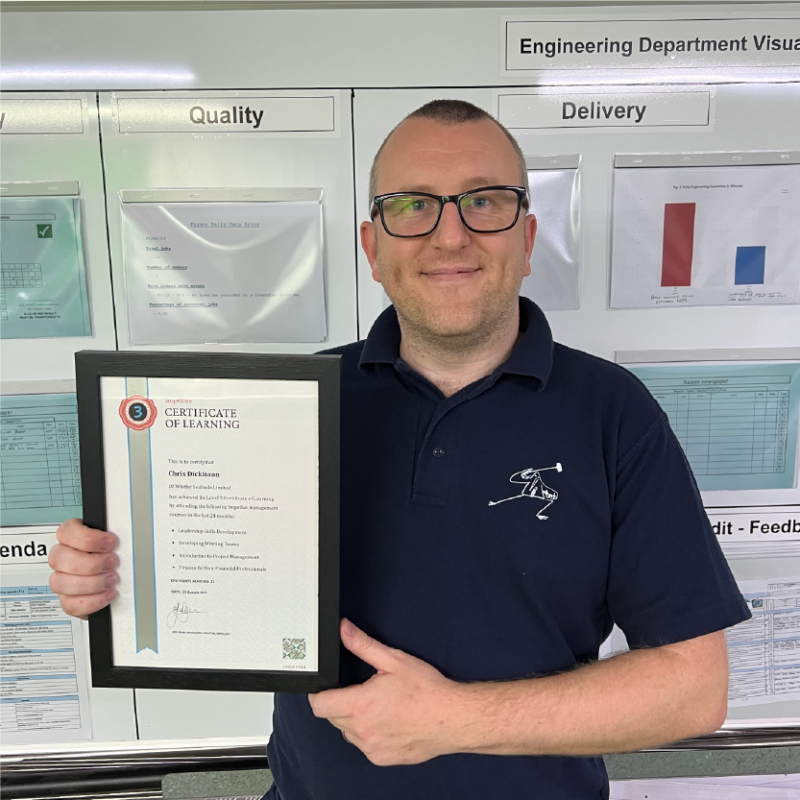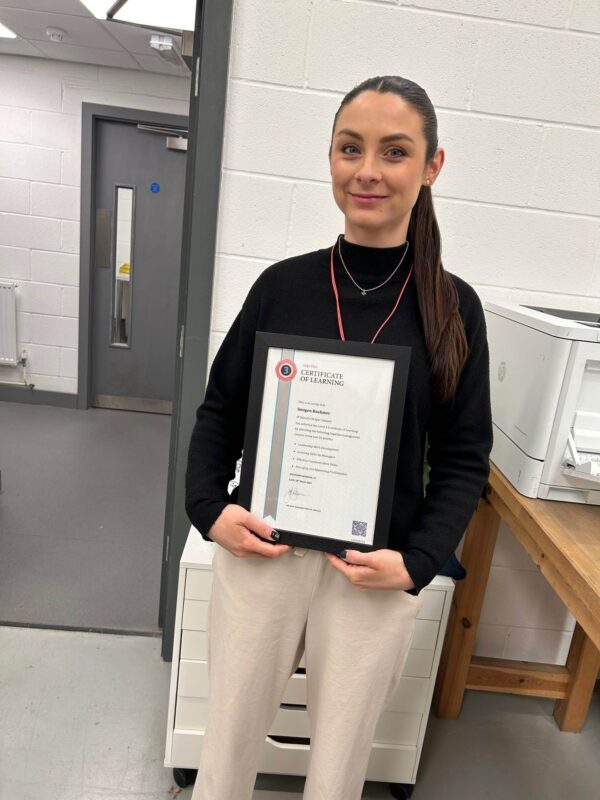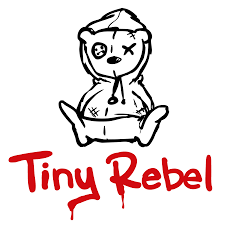Do you start the working day with the best intentions only to find that minutes – and sometimes hours – slip away as you check your phone, chat with colleagues or watch just one more video clip? If so, you’re not alone.
A recent US study* revealed that attention spans in the workplace have taken a nosedive. According to the research, 79% of workers can’t concentrate for a full hour before being distracted and 59% find their attention wandering after just 30 minutes.
The study found that the biggest cause, reported by over 70% of respondents, was other people interrupting them to chat while they work, closely followed by notifications from smartphones.
This study echoes research carried out by Dr Gloria Mark of the University of California who has tracked attention spans since 2004. At that time, the average attention span for someone working on a screen was two and a half minutes. By 2012, this had reduced to 75 seconds and has continued to fall with the average now being 47 seconds.
The software giant Atlassian has estimated that poor attention spans have led to the loss of 25 billion work hours among Fortune 500 companies.
Seven quick fixes to tackle attention span deficit
If you are concerned about your own or your team’s attention span, try these quick fixes:
- Experiment with the Pomodoro® Technique, a time management method created by Francesco Cirillo in the late 1980s. It involves focusing on work for 25 minutes then having a short break. This helps to create a healthy balance between working and resting as well as enabling more precise tracking of how time is spent. This technique can also help to implement the pointers below.
- Set aside a period or periods of time every day when no internal communications will be sent. This can work especially well for remote workers when your team members may feel as if they have to reply to any messages straightaway to ‘prove’ they are present and working.
- Large tasks can feel overwhelming and it’s tempting to focus your attention elsewhere. Get started by breaking large tasks down into smaller chunks so that you can easily track your progress and feel a sense of achievement as you go along.
- If you are susceptible to ‘doom scrolling’ or constantly checking your phone, use apps that block distracting websites and keep your phone out of reach or set to ‘do not disturb’ for periods of time.
- At the start of each day list and prioritise your tasks, then tackle them in order of importance. Focus on one task at a time rather than trying to multi-task.
- Train your brain: if you are having real difficulty concentrating, gradually increase your attention span over time. For example, start by concentrating for ten minutes, then 15, then 20. The Pomodoro Technique can be used here.
- Dealing with chatty colleagues can be very challenging, but there are a few approaches you can take:
-
- Use visual signs to communicate that you are busy and concentrating, for example, by wearing headphones.
-
- Be friendly but firm: if someone interrupts you to chat, explain you are in the middle of something but would love to catch up later.
-
- Use quiet workspaces if available at your workplace or use the ‘busy’ or ‘do not disturb’ statuses on your online systems if working remotely. (Tell your line manager what you’re working on.)
-
- Set expectations on response times to internal emails and messages – let colleagues know that you will be focusing on a particular task for a set period of time and will get back to them afterwards.
You may find useful:
Five top tips for managing employees in a work-at-home culture
Delegation and Time Efficiency course: discover how to manage and delegate in a way that boosts productivity and increases employee engagement.
Developing Winning Teams course: find out how to build cohesive, motivated and productive teams.
*Lost Focus: The Cost of Distractions on Productivity in the Modern Workplace, a 2024 research report by Insightful.






















